Here you have arrived at the realm of online banking. Ever wondered how your internet and mobile banking apps stay secure, reliable, and user-friendly? It’s all thanks to rigorous software testing. In this blog, we'll dive into the nuts and bolts of software testing for internet and mobile banking. We'll look at the exciting future of banking with trends like UPI payments and cloud-based solutions. If you are a tech enthusiast or just curious about how your banking apps work, this blog is your gateway to understanding the magic behind seamless digital banking experiences. Let's get started!
📌 Definition of Internet Banking and Mobile Banking: Understand the key differences and why it matters.
📌 Importance of Software Testing for Banking Applications: Learn why testing is crucial for secure and reliable banking apps.
📌 Software Testing Challenges in Internet and Mobile Banking: Discover the unique obstacles faced and why they're critical to overcome.
📌 Strategies for Overcoming Testing Challenges: Get insights into effective solutions for robust testing.
📌 Internet Banking vs Mobile Banking - Which is Better?: Explore the pros and cons to decide which suits your needs best.
📌 Future Trends of Internet and Mobile Banking: Stay ahead of the curve with the latest trends and innovations shaping the banking industry.
Definition of Internet Banking and Mobile Banking
The main focus of Internet banking, sometimes referred to as online banking, is computer-based money management. Without going into a bank, you may check your balance, transfer funds, pay your bills, and even apply for loans. It resembles having a desktop-based personal bank branch.
An internet connection and your login credentials are all you need. With a complete range of financial services at your fingertips, it's easy for people who want to perform their banking from the comfort of their home or place of business.
With Mobile banking, handling your financial transactions straight from your tablet or smartphone elevates the convenience of banking to a new level. You can pay bills, deposit checks, transfer money, and even manage your investments while on the road using a specialized app from your bank.
For those with hectic schedules who must monitor their finances at all times and locations, this is ideal. With just a few screen touches, mobile banking makes sure your bank is always in your pocket and available for assistance.
Importance of Software Testing for Banking Applications

The unseen hero responsible for the seamless functioning of banking apps is software testing. The brilliance of extensive testing is when you can picture everything operating perfectly while sending money using your UPI payment app. It's critical to comprehend UPI payment and make sure it works reliably as UPI payment system integration spreads. Banks utilize technologies for API automation testing to ensure that their applications can smoothly process numerous transactions at once.
Furthermore, it is more crucial than ever to guarantee flawless performance and security given the advent of cloud-based banking software. You can experience unsuccessful transactions, security lapses, or even data loss in the absence of thorough testing. Thus, keep in mind that a lot of testing magic lies behind that seamless experience the next time you send money or pay your bills!
Software Testing Challenges in Internet Banking
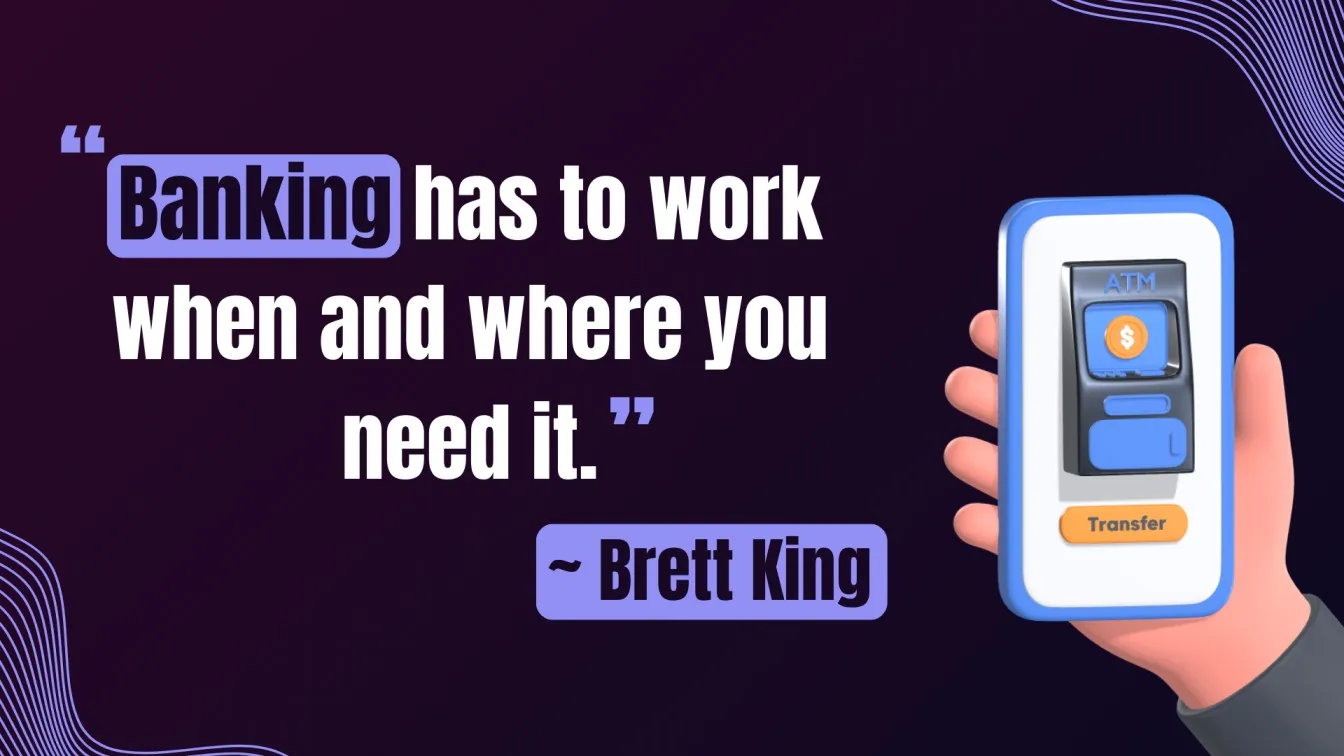
🔵Threats to Security
Making sure there is strong security is one of the main problems with online banking. Cybercriminals are constantly searching for weaknesses, thus it's imperative to safeguard important user data. This covers every aspect, including transactional information and personal data. For banks to remain ahead of possible threats, they need to implement strict security measures and upgrade them frequently. The use of advanced technologies and ongoing attention to detail are necessary for testing these vulnerabilities.
🔵High Volumes of Transactions
Every day, internet banking platforms have to manage enormous volumes of transactions. The system may be strained by this large volume, leading to slowdowns or even crashes. To make sure that the banking software can handle these activity peaks without degrading user experience, performance testing is crucial. Tools for load testing are frequently used to mimic high traffic volumes and spot any bottlenecks.
🔵Interoperability Across Browsers
It's a challenging task to make sure that online banking websites function properly on a wide range of web browsers and versions. Testing for cross-browser compatibility is essential to guaranteeing that customers receive the same experience regardless of the browser they are using. This entails evaluating the platform across various browsers and devices in order to find and address any discrepancies.
🔵Combining Payment Systems with UPI Integration
Complication increases when UPI payment systems are integrated. What is a payment through UPI? Through a mobile platform, this real-time payment system enables quick money transfers between bank accounts. To ensure secure and accurate transaction processing, comprehensive testing is necessary for a smooth integration of the UPI payment system. This entails examining transaction flows and API interactions to ensure everything works smoothly.
🔵User Interface
Maintaining a seamless and simple user experience is essential for customer retention. Any bugs, sluggish loading times, or unclear user interfaces have the potential to irritate and alienate users. By identifying these problems, usability testing ensures that the online banking platform is effective and easy to use.
🔵Staying Up to Date
Regular updates are necessary for internet banking software to improve security, introduce new features, and repair errors. Regression testing is essential since new issues may arise with every upgrade. This makes sure that updates don't interfere with already-existing features. This procedure can be streamlined with the aid of automated testing technologies, increasing its dependability and efficiency.
Strategies for Overcoming Internet Banking Testing Challenges

In order to overcome internet banking testing obstacles, a calculated approach is necessary:
Enhanced Security Testing 🔒: To defend against online threats, put in place cutting-edge security measures and conduct frequent penetration tests.
Performance Testing ⚡: Make sure the system can manage large transaction volumes by using load and stress testing tools.
Cross-Browser Testing 🌐: Verify compatibility by doing thorough testing on various browsers and devices.
UPI Integration Testing 💸: To ensure a smooth UPI payment system integration, thoroughly test API interactions and transaction processes.
User Experience Testing 🧑💻 : Verify a seamless and simple user experience by conducting usability testing.
Automated Regression Testing 🤖 : For effective and dependable regression testing after every software upgrade, use automated technologies.
Software Testing Challenges in Mobile Banking

🟦Device Dissection
Device fragmentation is one of the main issues with mobile banking. With so many devices running various versions of Android and iOS, it can be challenging to make sure your app functions well on every one of them. Screen sizes, resolutions, and hardware capabilities differ amongst devices. To guarantee a consistent user experience, testing across a variety of devices is necessary, but it takes a lot of time and resources.
🟦Variability in the Network
Applications for mobile banking must function well in a range of network scenarios, including sporadic mobile data connections and fast Wi-Fi. The performance of the app can be severely impacted by network fluctuation, which can lead to transaction delays and disruptions. To make sure the app delivers a dependable service regardless of the connection, it is essential to test how it responds to varying network speeds and disruptions.
🟦Security Issues
The security of mobile banking is crucial. Malware, phishing scams, and illegal access are among the security risks that mobile devices are frequently more susceptible to. Robust authentication techniques, secure data encryption, and thorough vulnerability testing are all necessary for ensuring robust security. To preserve confidence and safeguard sensitive user data, regular penetration tests and security audits are required.
🟦Regular Updates
The banking apps themselves are updated on a regular basis, along with mobile operating systems and devices. There may be additional issues or incompatibilities with every update. Staying ahead of these developments means being quick to adjust and always testing. This can be managed with the aid of automated testing tools; the difficulty is in preserving thorough test coverage and quick release cycles.
🟦Interface and User Experience
For mobile banking apps, a smooth and simple user interface is essential. Users can become irritated and lose trust as a result of any bugs, unclear user interfaces, or slow responses. Usability testing aids in finding and resolving problems to guarantee an app that is easy to use. In order to enhance the functionality and design, this entails testing various user scenarios and obtaining input.
🟦Adherence to Regulations
Regional variations in regulatory rules and procedures apply to mobile banking apps. To ensure compliance with these requirements, extensive testing and frequent upgrades are necessary. This covers laws protecting data privacy, specifications for transaction security, and guidelines for accessibility.
To address these issues and provide a safe, dependable, and effective system, a thorough testing approach that incorporates real-device testing, automated and manual testing, and continuous monitoring
Strategies for overcoming Mobile Banking Testing challenges
To overcome testing obstacles in mobile banking, one must take a calculated approach:
Device Emulation and Real-Device Testing : To cover a broad range of devices and guarantee compatibility, combine device emulation and real-device testing.
Network Simulation : Test the app's functionality in a variety of network scenarios by using tools to simulate different network conditions.
Security Testing : To find and fix possible security threats, carry out thorough security testing, which includes penetration testing and vulnerability assessments.
Continuous Integration and Testing : Automate testing and guarantee prompt feedback on modifications by implementing continuous integration techniques. This will enable quicker releases and upgrades.
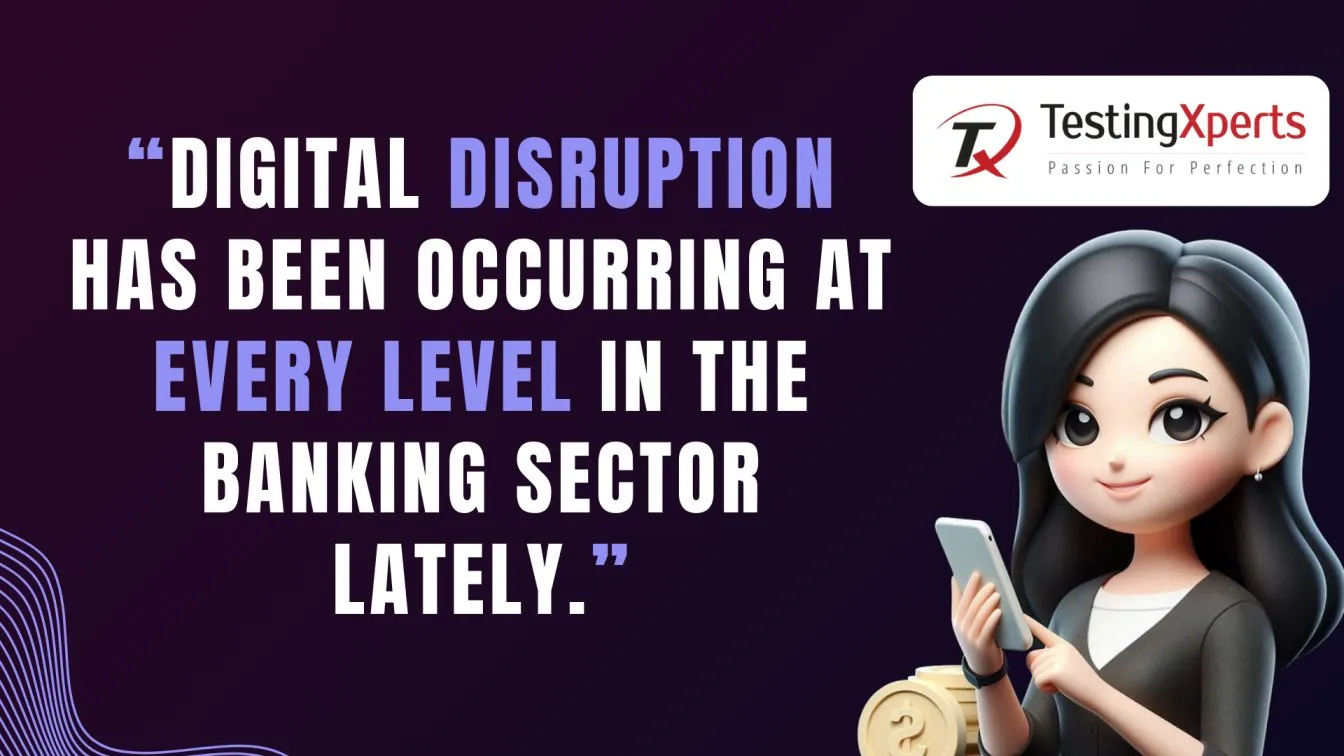
Difference between Online Banking and Internet Banking
Advantages and Disadvantages of Internet Banking and Mobile Banking
Advantages of Internet Banking
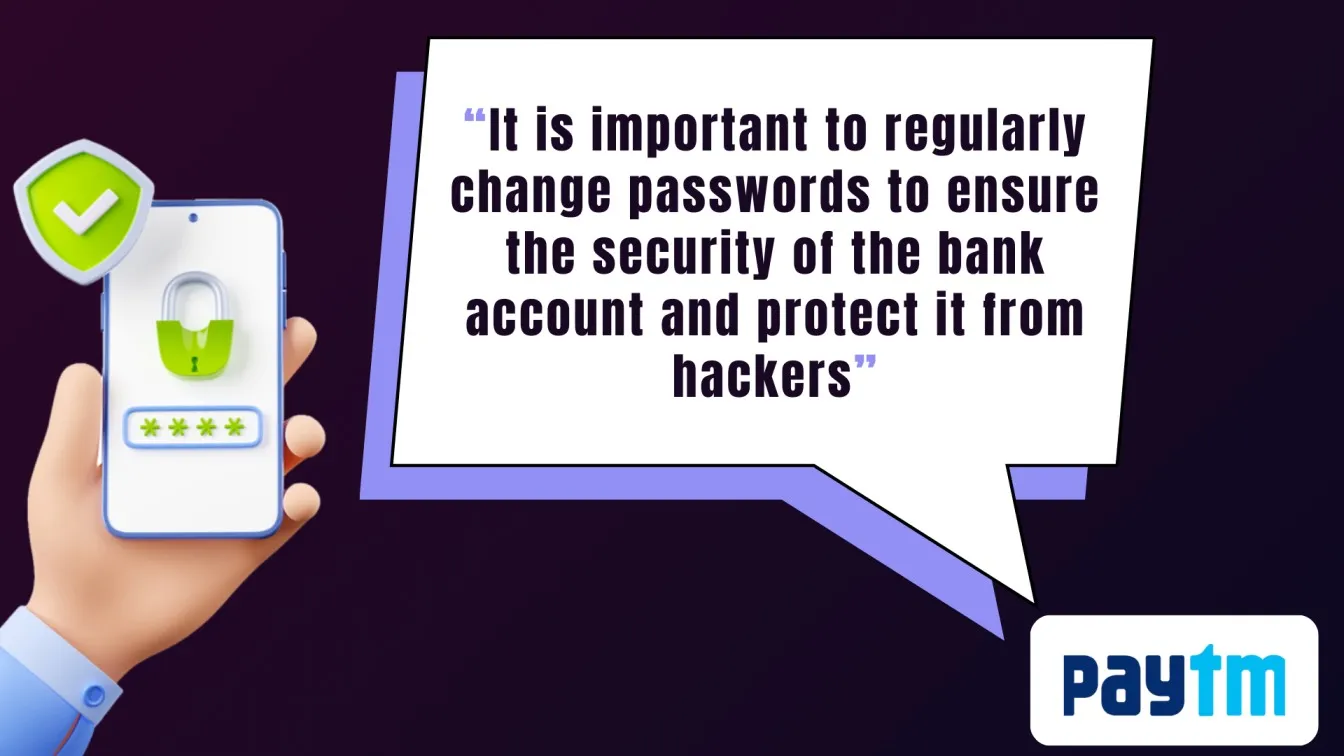
- Fund transfers are now more affordable and time-efficient thanks to internet banking.
- You can continuously access your account balances.
- Fixed or recurring deposits can be opened fast.
- From the comfort of your home, you can pay a variety of utility bills.
- Debit cards and cheque books are available for online requests.
Disadvantages of Internet Banking
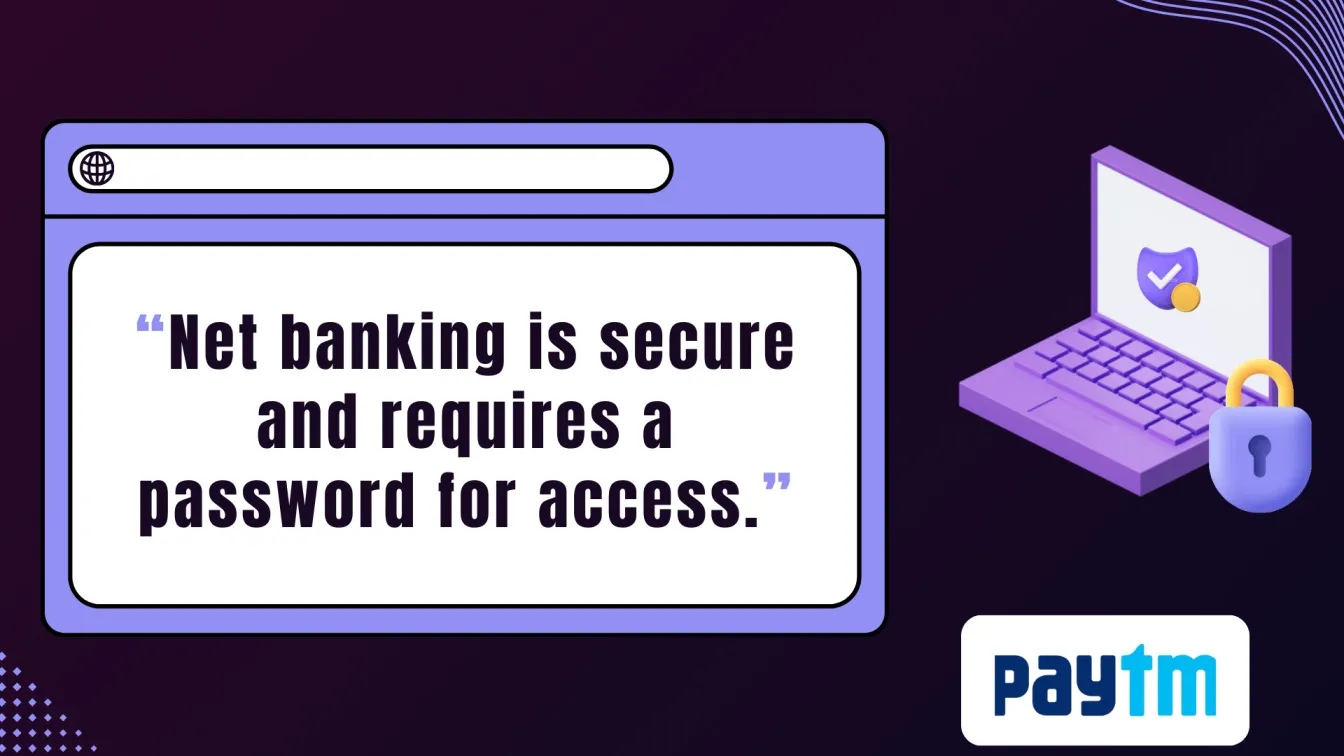
- You must come into the branch to fund the account. No option exists for making cashless deposits online.
- To use internet banking, you must have access to a reliable internet connection. You are unable to use any online banking features without it.
- Your account may become open to online fraud if you don't use strong passwords to secure it.
- Basic computer and internet skills are necessary.
Advantages of Mobile Banking
- Utilize your tablet or smartphone to handle finances while on the go.
- Pay bills, transfer money, and check balances from anywhere at any time.
- Use the camera on your phone to quickly and easily deposit checks.
- Get real-time alerts about account activity to stay informed.
- Make use of the features and apps for budgeting that are available on your phone.
Disadvantages of Mobile Banking
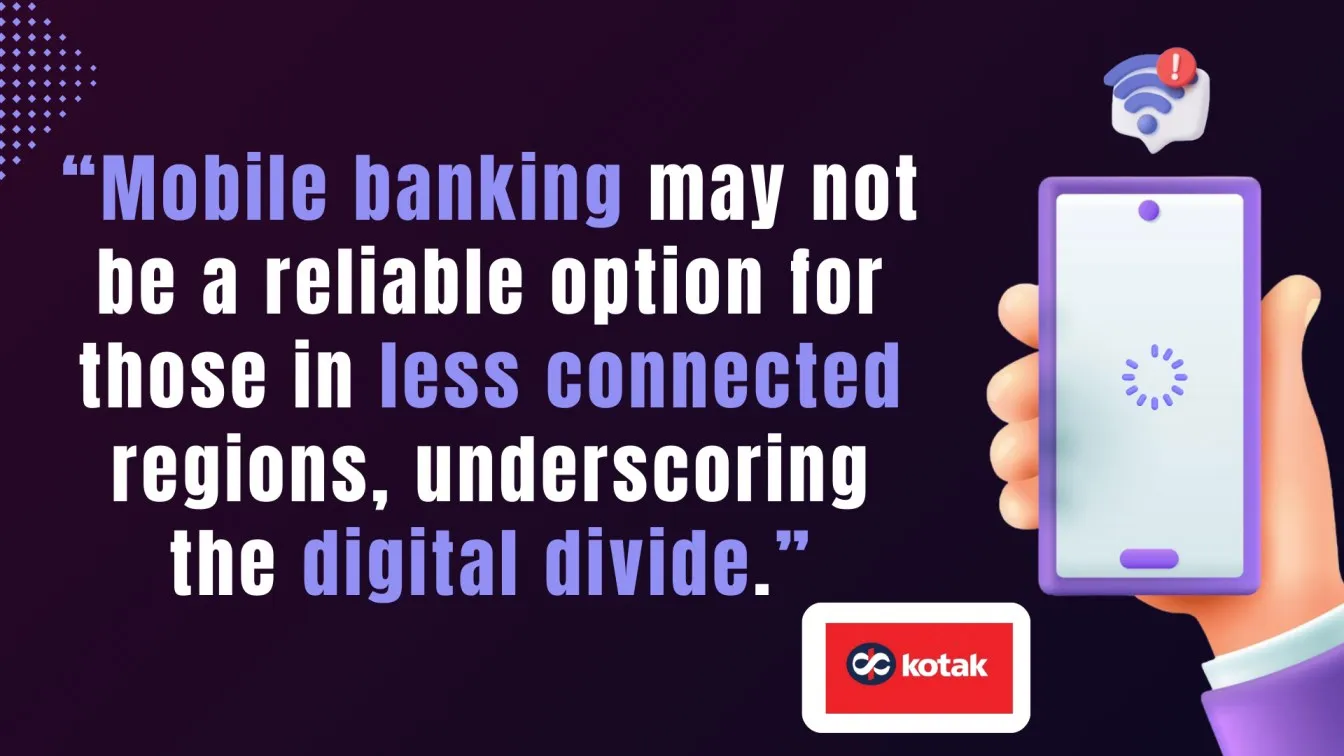
- Safe from cyberattacks if caution isn't taken, much like Internet banking.
- depends on having a working smartphone and a strong internet connection.
- It can be less practical to handle finances on a smaller screen.
- Danger of misplacing your phone or having data stolen by unauthorized parties.
- Might not provide every feature that online banking provides.
Similarities between Mobile Banking and Internet Banking
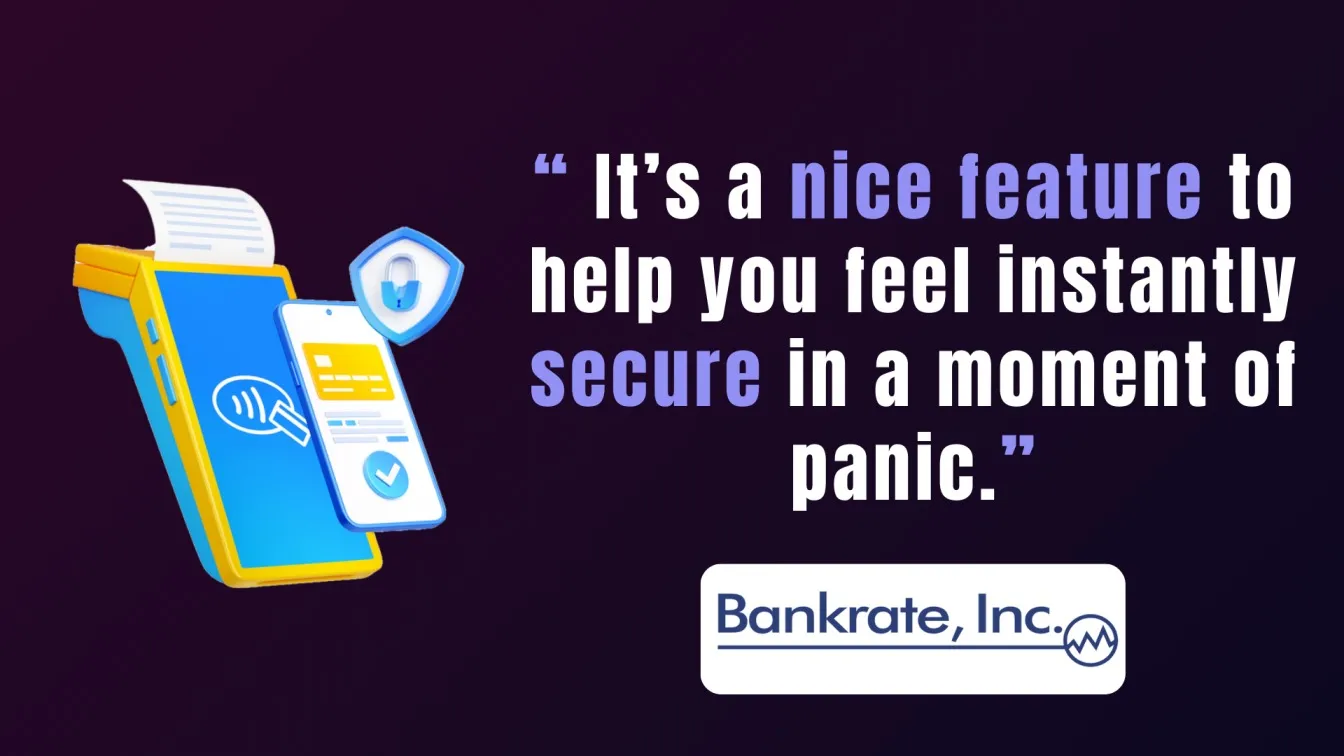
The following are bullet points that highlight the similarities between Internet and mobile banking:
Remote Access 🌍: From any location with an internet connection, both provide round-the-clock access to your bank accounts.
Account Management 📊: You can v
iew statements, transaction history, and account balances on both.
Fund Transfers 💵: You can move money to other recipients or between your own accounts with both.
Bill Payments 🧾: You can use internet and mobile banking platforms to electronically pay your bills.
Security Measures 🔐: To safeguard user information, both use secure login procedures and encryption.
Internet Banking vs Mobile Banking - Which is better?
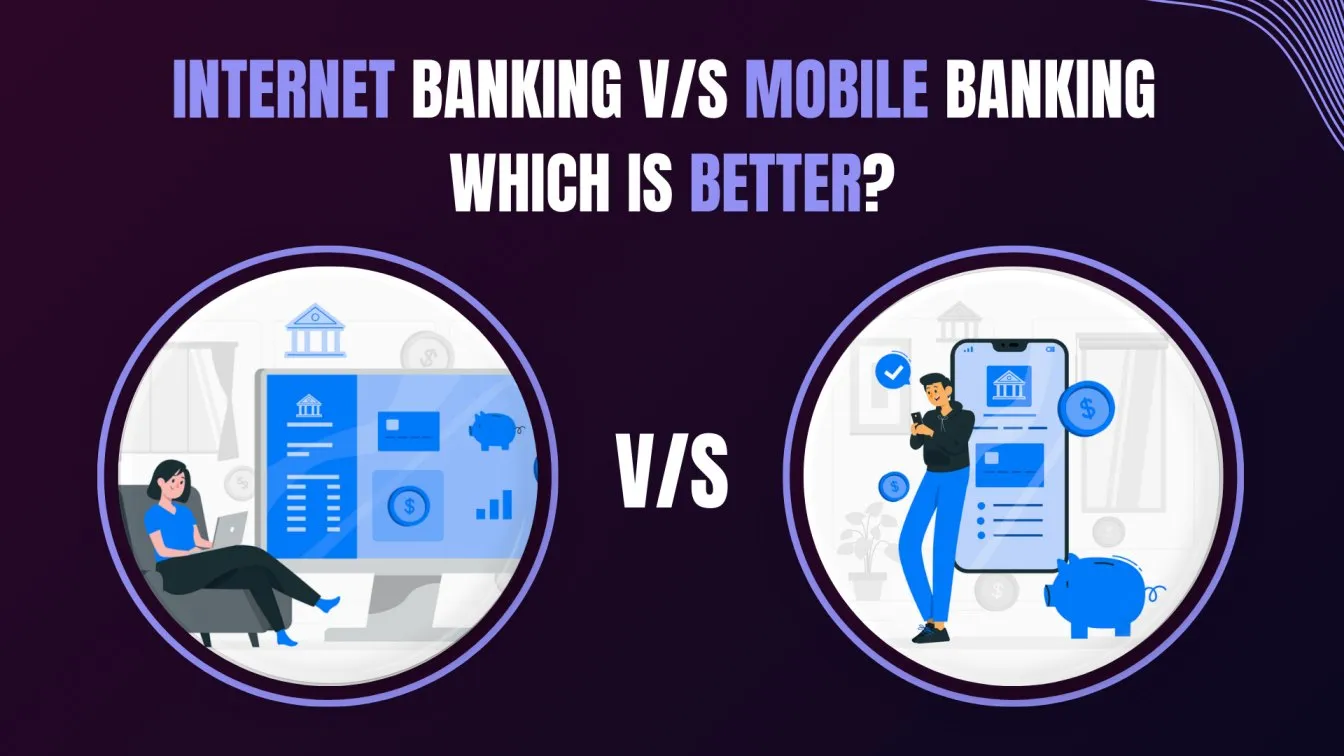
Depending on your needs, there isn't a clear winner between online and mobile banking! While internet banking offers more features and possibly a larger screen for in-depth financial management, mobile banking is the most convenient option for tasks that need to be completed while on the go. Mobile banking is excellent if speedy transactions and ease of use are your top priorities. Internet banking might be a better option if you value extensive features and a more conventional banking environment.
With both options, security is the primary consideration, so pick a trustworthy bank and use safe online practices. In the end, trying both is the best way to make a decision! Numerous banks provide access to internet and mobile banking, so you can choose the one that best fits your financial needs.
Future Trends of Internet Banking and Mobile Banking
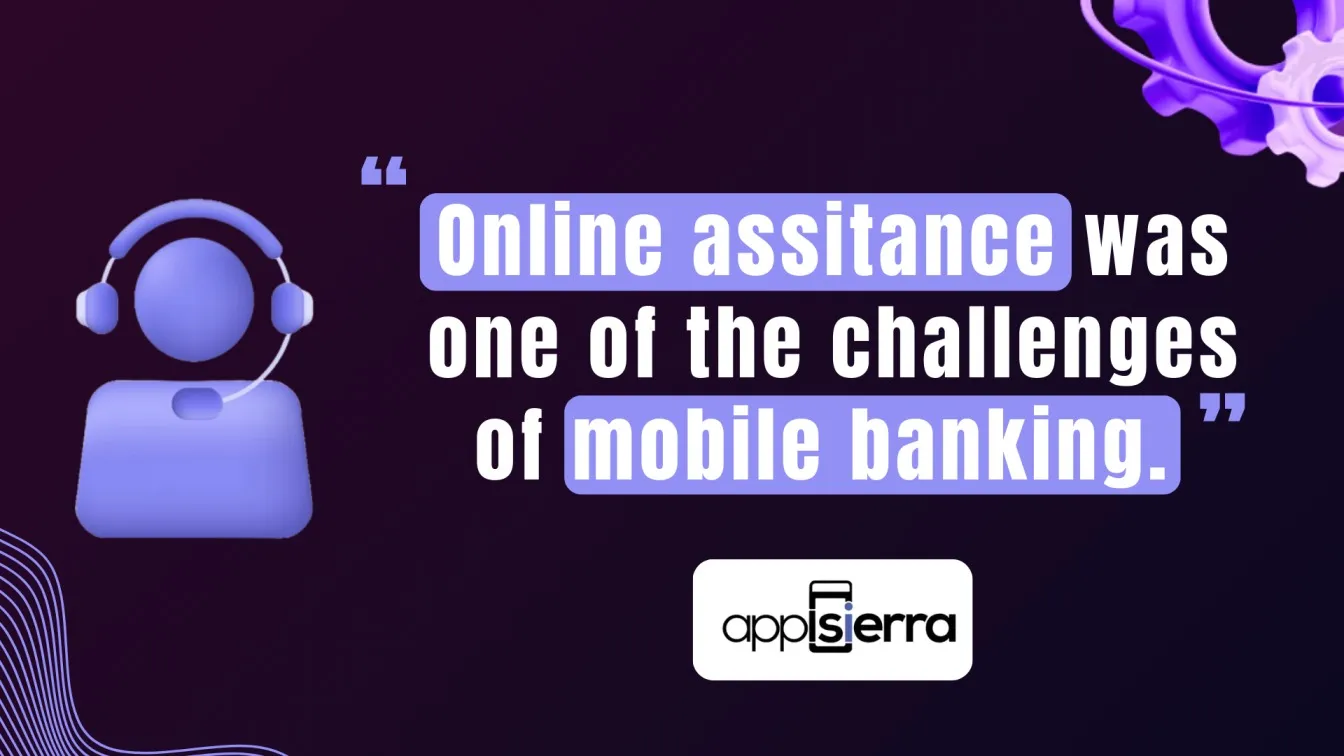
The integration of the UPI payment system is one of the newest and most interesting trends in online and mobile banking. Unified Payments Interface, or UPI for short, is a real-time payment system created by the National Payments Corporation of India. With a UPI payment software like Google Pay or PhonePe, you may send money rapidly and quickly with UPI payments.
The simplicity of usage of UPI payments is what changes the game. All you need to get started is a bank account and a smartphone. The process is streamlined by the UPI payment gateway, which links several bank accounts into a single app. Internet and mobile banking are expected to become even more streamlined and user-friendly with the incorporation of the UPI payment system.
Wrapping Up!
In conclusion, as the finance industry continues to evolve, the integration of mobile banking services is becoming essential for traditional banks to meet regulatory requirements and build customer trust. Ensuring the security and reliability of these services involves a comprehensive software development lifecycle that includes rigorous mobile banking application testing. Testing teams employ various testing types, such as functional testing and code review, to identify potential vulnerabilities and mitigate potential risks.
To combat fraudulent activity, banks must enhance their security features and implement business strategies that address the prime target nature of financial data. By streamlining testing efforts and reducing manual effort, banks can improve response times and adapt to emerging threats. Ultimately, maintaining a robust testing process is crucial for safeguarding sensitive customer information, meeting regulatory demands, and ensuring the seamless operation of mobile banking services. This proactive approach is vital for sustaining customer confidence and securing the future of digital banking.
In the banking industry, effective banking application testing is crucial to ensure safe transactions and maintain customer trust. Automation tools can streamline testing activities, improving efficiency and reducing the time to market for new features. However, manual testing remains essential for complex scenarios, especially when assessing biometric authentication and credit card transactions. The testing framework must encompass various types of testing, including database testing and compliance testing, to meet regulatory standards. Addressing major challenges, such as varying network conditions, is vital to guarantee smooth performance during peak day transactions.
Ultimately, a comprehensive approach to testing banking applications involves iterative testing cycles and strategic planning. By leveraging robust testing strategies, organizations can navigate the complexities of the banking sector while ensuring compliance and enhancing user experience. As the landscape evolves, adapting to new technologies and maintaining a focus on security will remain paramount for successful banking operations.
People also asked
👉 Which software is used in the Banking sector?
To comply with regulations and build consumer trust, financial institutions use a variety of software, such as multi-factor authentication systems, mobile applications, and core banking systems.
👉 Which is more secure, Internet Banking or Mobile Banking?
Strong security protections are included in both Internet and mobile banking; but, because of two-factor authentication and mobile application testing, mobile banking may be somewhat more secure.
👉 Is Internet Banking and UPI the same?
No, UPI and Internet Banking are not the same. UPI is a dedicated real-time payment system for speedy transactions, whereas Internet Banking provides a wide variety of online banking services.
👉 Which is safer, Mobile Banking or Internet Banking?
Because mobile banking applications are subject to rigorous testing, multi-factor authentication, and other security safeguards designed specifically for mobile devices, mobile banking is frequently seen as safer.
👉 What technology is used in internet banking?
To prevent fraud and adhere to financial sector regulations, internet banking uses technology like multi-factor authentication, secure socket layers (SSL), and constant risk assessment.





%201.webp)

